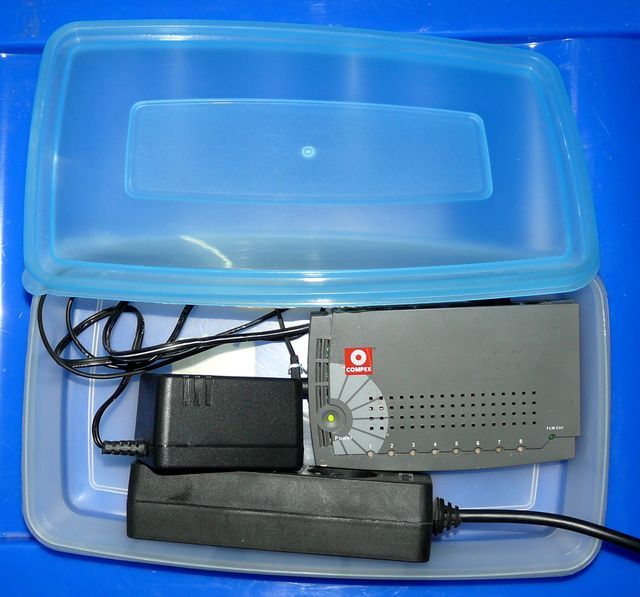Wi-fi networking enthusiasts often face a problem of moving the antenna away from the transmitter unit. Sometimes, the antenna must be moved dozens of feet away from the router to overcome a reception blocking obstacle.
Adding some extra RP-SMA cable between the access point and the antenna is generally a bad idea. Every feet of cable between the transceiver and the antenna greatly reduces the sensitivity of the antenna, loosing the precious dB specifications.
Another way is to place a mirror in the correct spot, so the remote location is visible beyond anything that blocks direct view. Then point a directional antenna to the mirror, and it should pick up the signal.

Wi-fi frequencies will be reflected by the mirror in the same fashion the sky and clouds are used to reflect the radio waves in conventional inter-continental radio broadcasting.
Yet, a much better idea is moving the access point together with the antenna. In this case, the antenna cable stays at minimum length, and the extension is provided by a LAN cable from the router to the recipient. Ethernet specifications allow cable lengths up to 100 meters without signal quality loss. This is a lot more than any Wi-Fi cable antenna extender can get. You will also need to provide a power cable and a socket to plug in the power supply.

The best way to mount an access point close to the antenna is enclosing the device and its power supply and power socket in an air-tight food container. They come in various shapes and sizes, and you can easily cut or melt holes in it for the cables. It’s better to make the bottom of a mountain container to make sure water cannot pour inside. You may also seal the cables inside the holes with silicone. Close the lid tightly and tape the container around to make sure the lid won’t come off.
The container will protect the device from rain and extreme heat. The router and its power supply generate about 12 Watts of power and some of it is transferred into heat, which is enough to keep the unit operational even in cold winter.
It’s better if you have easy access to source of your new powerline for the router. Then you may easily reboot the access point if it hangs by simple unplugging the power and plugging it back in, instead of having to climb whatever spot your remote router is now mounted on.